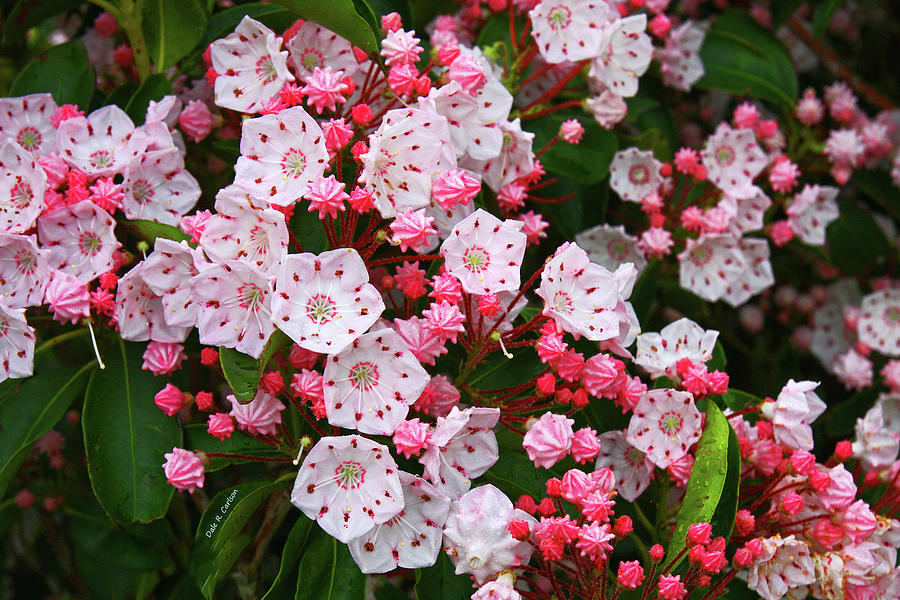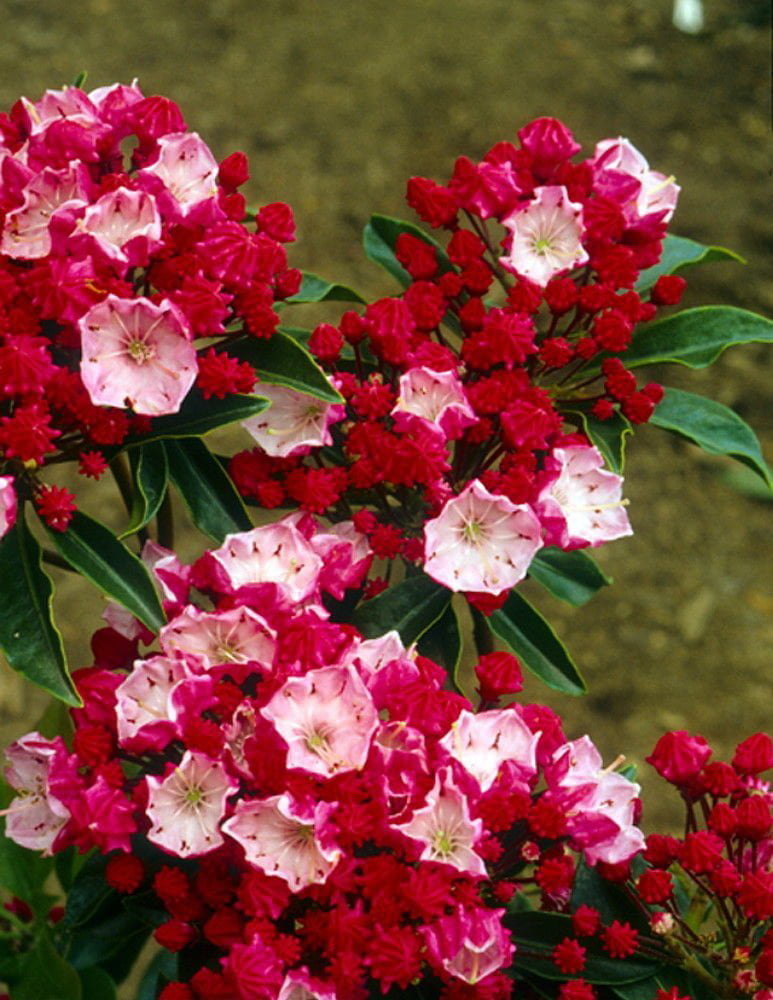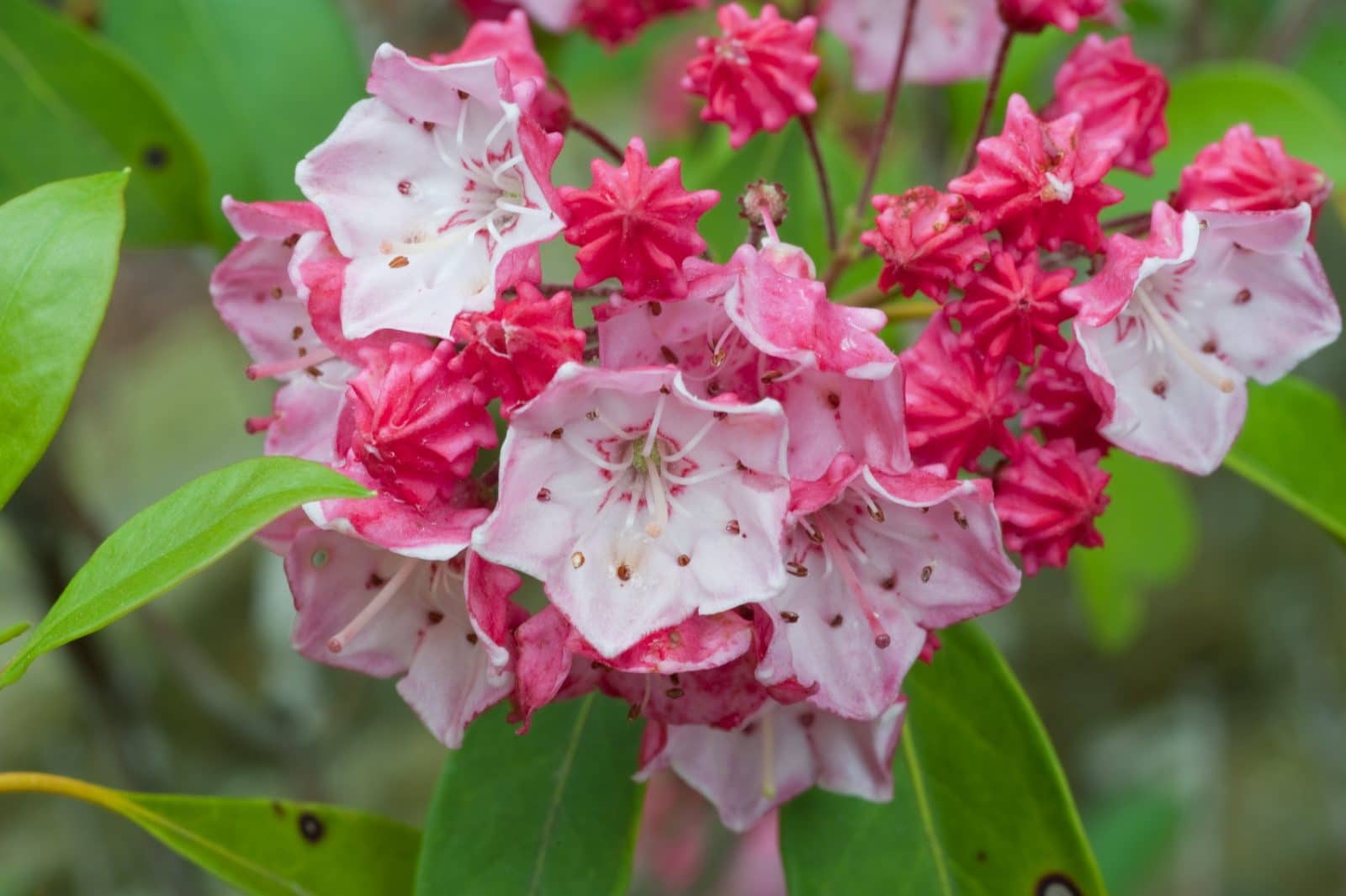

The mycorrhizal relationship is thought to be of primordial origin, the photosynthetic plants that originated in the sea needed a means of extracting nutrients from the comparatively barren land and the fungi that had specialized in epigeal growth in root-like hyphae provided it. This mutualistic relationship is known as a mycorrhiza from the Greek mykes meaning fungus and rhiza meaning root literally fungus root. Most plants share their nutrients with fungi, receiving water and minerals from the extension of their roots to the fungal hyphae in return.

The prodigious seeds ensure regeneration and dominance The myriad flowers arrayed in a branching corymb yield copious quantities of seed ready to initiate germination for subsequent generations. While this survival strategy would seem both practical and admirable, it is in most cases eschewed by angiosperms due to the lack of genetic diversity that it provides living things that don’t have the genetic mutations of heterogeneous ancestry are less likely to survive environmental stressing according to Darwinian principles. As if this were not enough to ensure propagation, the pollen does not even need to travel from one flower to another, as mountain laurel has perfect flowers they have the ability to hermaphroditically self-fertilize. The end result is that the mountain laurel is a proficient pollen launcher, enhancing successful fertilization. The force imparted to the pollen by the snapping of the stamen is quite substantial individual pollen spores can travel more than five inches from the source. The forager is unwittingly pummeled by pollen-laden anthers at the stamen tips and thereby dusted with the male pollen of fertilization deposited at the next blossom to complete the vicarious sexual act at the pistil and stigma. Pollinators, drawn by the beckoning nectar deep within the style, land tentatively at the center of the flower their movement provides the trigger that disrupts some or all of the ten stamens. As the flowers open and expand, a tensile bending stress is imparted to each stamen, potential energy cocked and ready to become kinetic. Each flower has 10 stamens that are neatly tucked into 10 matching pits or niches that are radially and symmetrically placed so that there are two in each of the five petals that comprise the corolla.
MOUNTAIN LAUREL SKIN
Close inspection of the individual flower reveals a physiological complexity that belies the skin deep metaphor of beauty. The alternate name Calico-bush for the dyed cottons of Calcutta (now Kolkata) India suggests miniature summer dresses. The pink-tinged bouquets of white flowers that surround densely packed mountain laurel shrubs convey nature’s spring festival with elven delicacy. The alternate name Calico-bush suggests miniature summer dresses. Mountain laurel domination is an evolutionary triumph of adaptation that succeeded due to three factors: 1) Hermaphroditic pistol-cocked flowers to promote fertilization 2) Specialized mycorrhizal fungi to extract soil resources and 3) Toxic foliage and stems to forfend herbivore browsing and arthropod consumption. The success of mountain laurel in particular and of heaths in general, is their adaptation to occupy an otherwise onerous and barren wasteland – the term heath conveys the ubiquity of the shrubby, axenic monoculture of the British Isles. A member of the heath or heather family (Ericaceae – erice is Latin for heath), it shares the heath distinguishing attributes almost all ericaceous plants have evergreen leaves and shrubby growth to support a tenuous habitat of infertile acidic soil. Potpourri: Mountain Laurel forms a virtually impenetrable thicket of gnarled evergreen shrubs that dominate the understory of mixed hardwood forests at higher elevations where appropriate environmental conditions prevail. Latifolia is from the Latin words for ‘wide leaf’ as a key distinguishing characteristic. The generic eponym was assigned by Linnaeus in recognition of Kalm’s contributions to taxonomy. Scientific Name: Kalmia latifolia – The generic name honors Pehr Kalm, a Swedish-Finnish botanist and explorer one of Carolinus Linnaeus’ primary field agents, he traveled to Pennsylvania in 1748 to catalogue New World plants with the imprimatur of the scientist Ben Franklin and the naturalist John Bartram. It is a dominant understory species in mesic upland regions the general notion is to convey the idea of a laurel-like shrub of the mountains.

The rime-edged leaves of Mountain Laurel attest to its hardinessĬommon Name: Mountain Laurel, Calico-bush, Lambkill, Spoonwood, Ivy-bush – The entire, alternate leaves are similar in appearance to the leaves of the Bay Laurel (Laurus nobilis) native to the Mediterranean region bay (laurel) leaves are added as an aromatic herb to many Italian dishes.


 0 kommentar(er)
0 kommentar(er)
